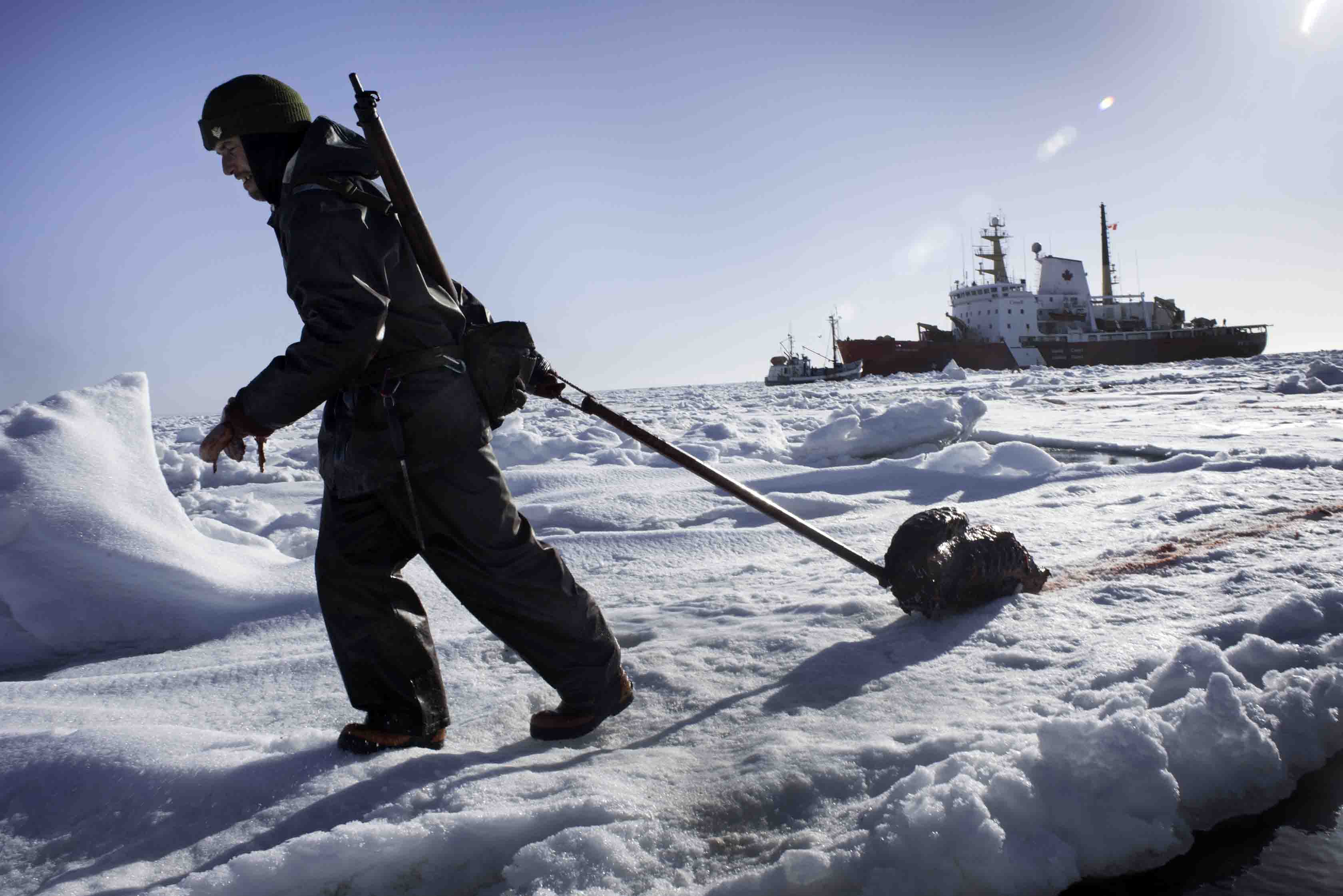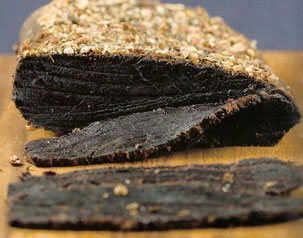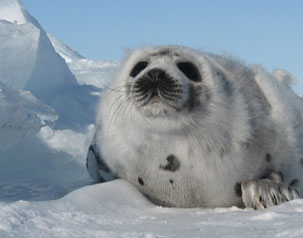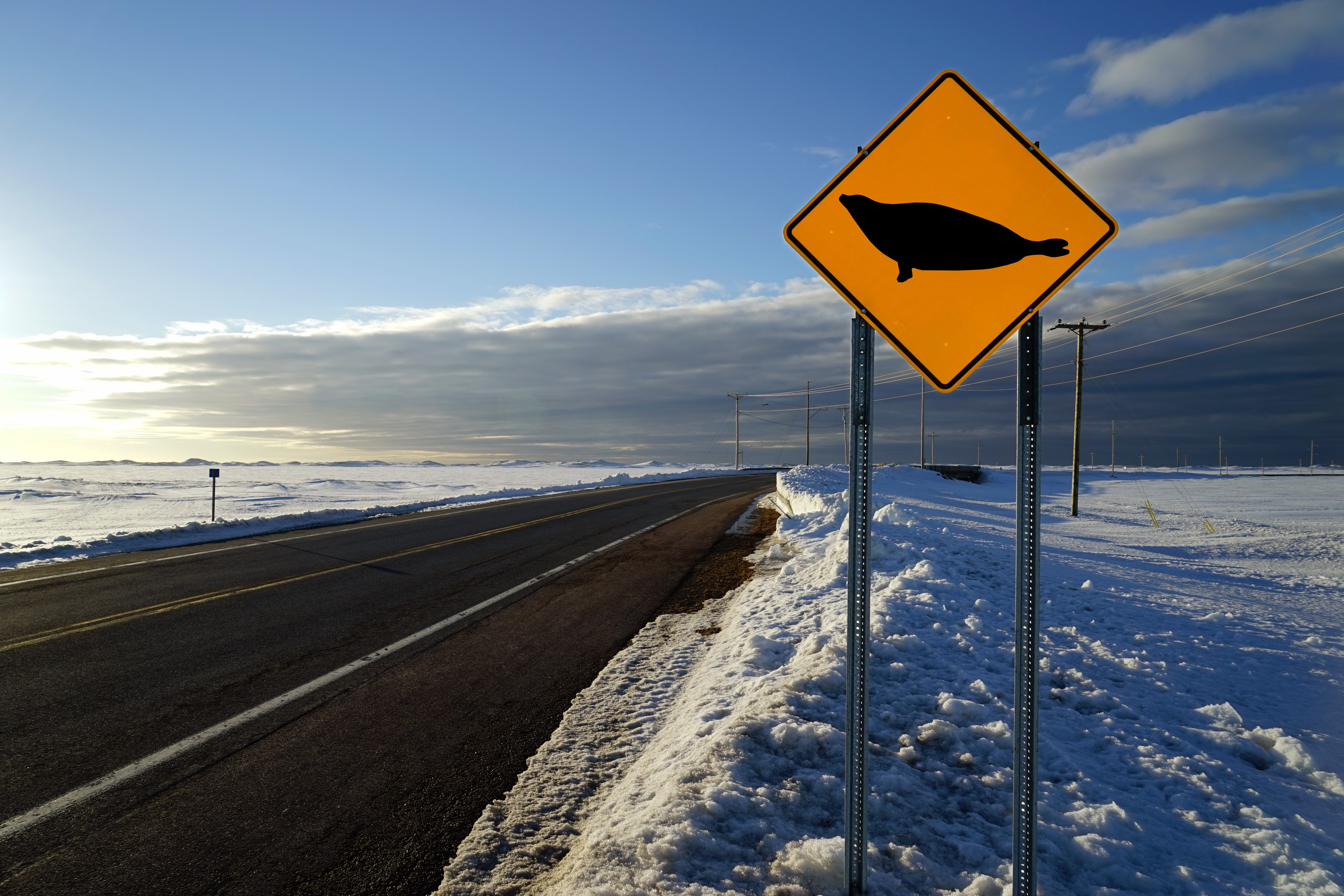-
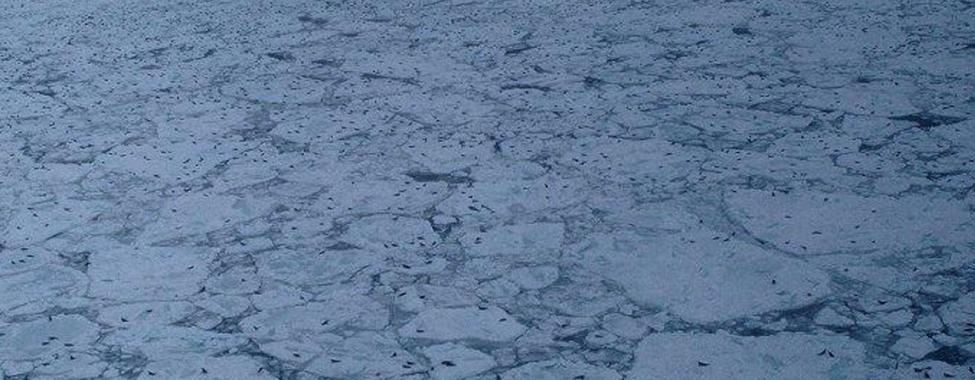
Copyright Brian Roberts - Cette photo fût prise en 1982 à partir d’un hélicoptère. À cette époque, la population de phoque du Groenland se situait à environ 2.5 millions. En 2018, on en compte trois fois plus, soit plus de 7.4 millions. Selon le Dr. David E. Sargeant, ex-scientifique en chef du MPO, cette population devrait être de 1.6 million:"C'est le nombre idéal pour obtenir un rendement maximum soutenu."
This picture was taken in 1982 from the air. At this era, harp seal population was around 2.5 millions. In 2018, we have officially three times this number (7.4 millions). According to former DFO leading scientist Dr. David E. Sargeant, this population should be 1.6 million:"It's the ideal number to get the maximum sustainable performance."
-
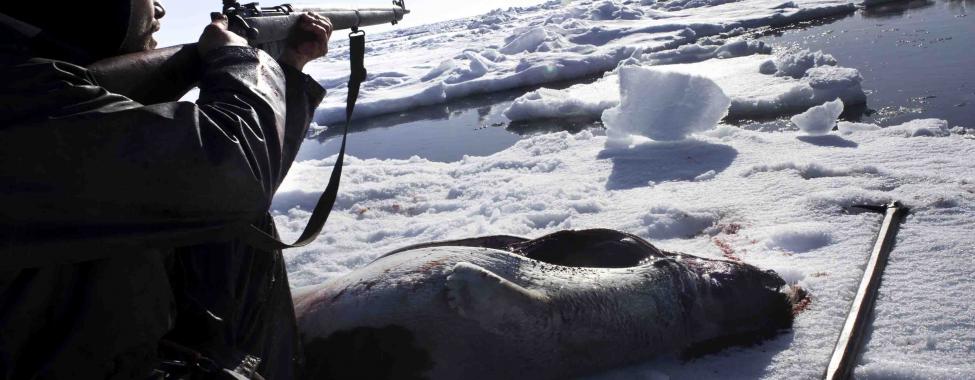
Copyright Yoanis Menge
Chasse aux Iles de la Madeleine - Magdalen Islands hunt
-
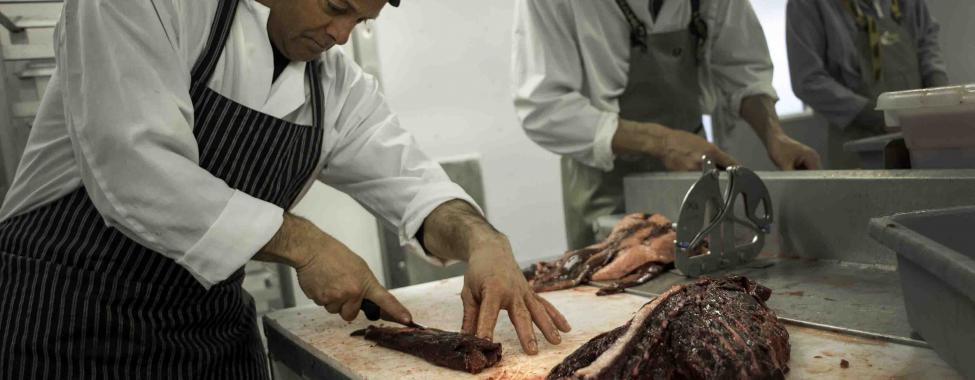
Copyright Yoanis Menge
Découpe de viande - Seal cuts
-
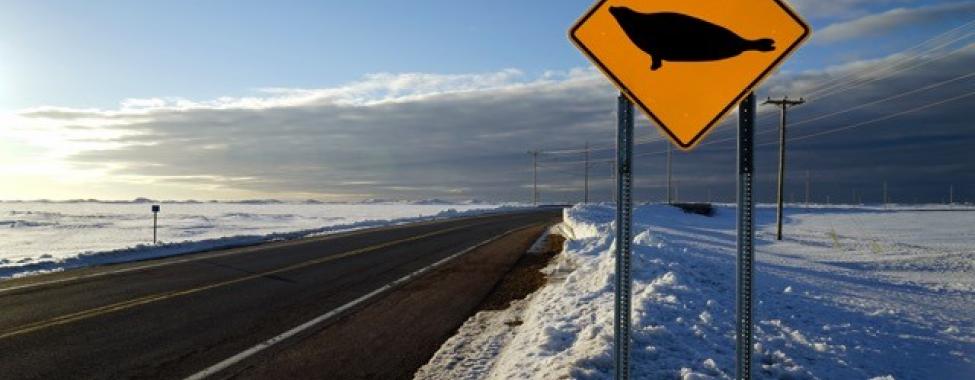
Copyright Raoul Jomphe
Traverse de phoque - Seal crossing
-
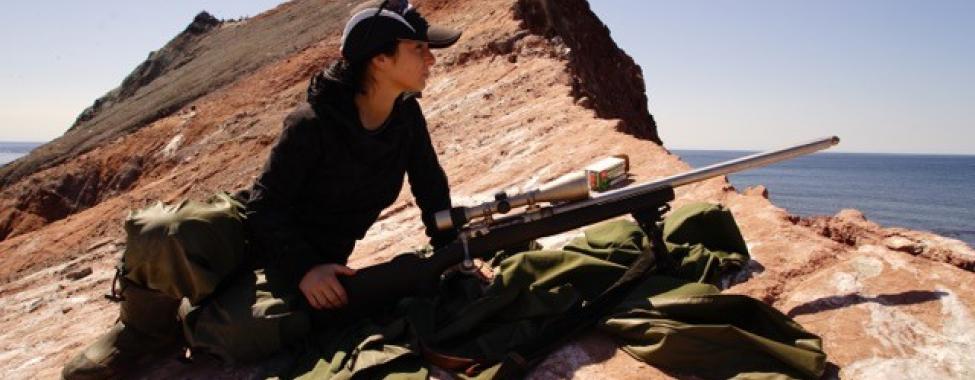
Copyright Raoul Jomphe
Chasseuse de phoque - Seal hunteress
-
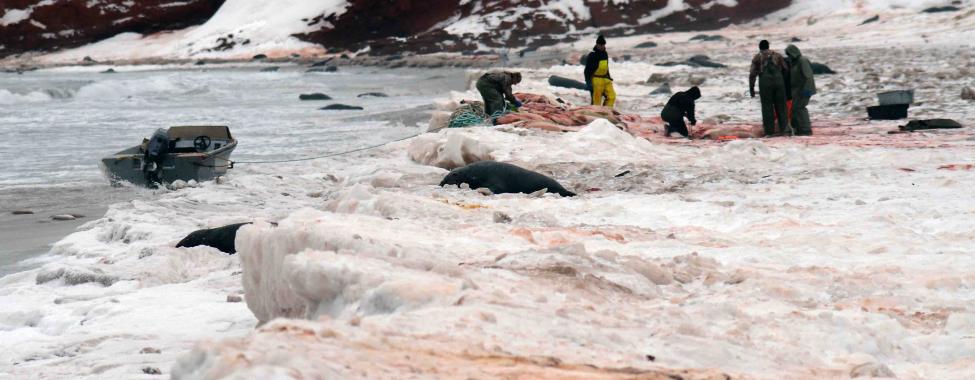
Copyright Gil Theriault
Chasse aux phoques gris - Grey seal hunt
-
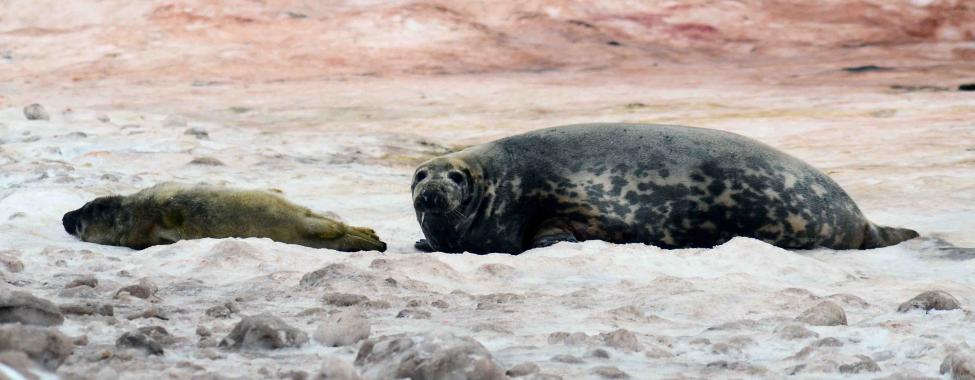
Copyright Gil Theriault
Phoques gris - Grey seals

